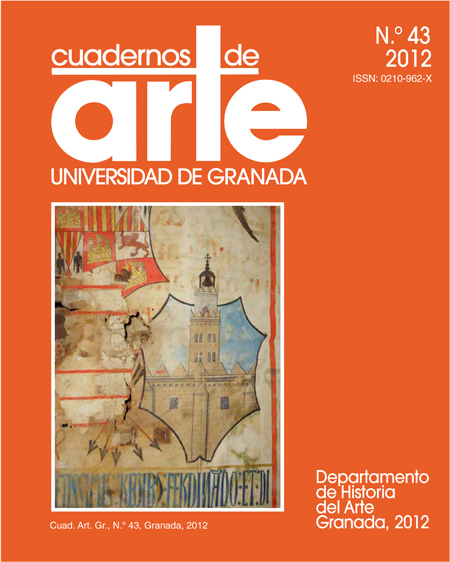The value of exhibitions: the less well known legacy of Mies van der Rohe for the 1929 International Exhibition
Keywords:
Art History, Exhibition architecture, Ephemeral art, Stand, PavilionAbstract
The exhibition architecture is a fundamental part of the Art history, because of its methods of ideological and technological experimentation. The first scenarios where new trends, styles and even artistic movements took place were at the beginning of the twentieth century. This article focuses on a specific part of the work of Mies van der Rohe, in particular his Pavilion of Electricity and The 25 samples of German Industry, both constructions built for the International Exhibition of 1929 at Barcelona. These two projects were eclipsed by the reconstructed German Pavilion and have been forgotten by the critics of the time and the current criticism.
Downloads
Downloads
Published
How to Cite
Issue
Section
License
Los autores que publican en esta revista están de acuerdo con los siguientes términos:- Los autores conservan los derechos de autor y garantizan a la revista el derecho de ser la primera publicación del trabajo al igual que ser licenciado bajo una licencia Creative Commons que permite a otros compartir el trabajo con un reconocimiento de la autoría del trabajo y la cita de la fuente original, con un uso no comercial y siempre que no se hagan obras derivadas.
- Los autores pueden establecer por separado acuerdos adicionales para la distribución no exclusiva de la versión de la obra publicada en la revista (por ejemplo, situarlo en un repositorio institucional o publicarlo en un libro), con un reconocimiento de su publicación inicial en esta revista.
- Se permite y se anima a los autores a difundir sus trabajos electrónicamente (por ejemplo, en repositorios institucionales o en su propio sitio web) antes y durante el proceso de envío, ya que puede dar lugar a intercambios productivos, así como a una citación más temprana y mayor de los trabajos publicados (Véase The Effect of Open Access) (en inglés).


 ISSN-e: 2445-4567
ISSN-e: 2445-4567








